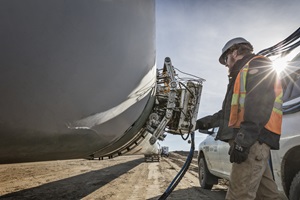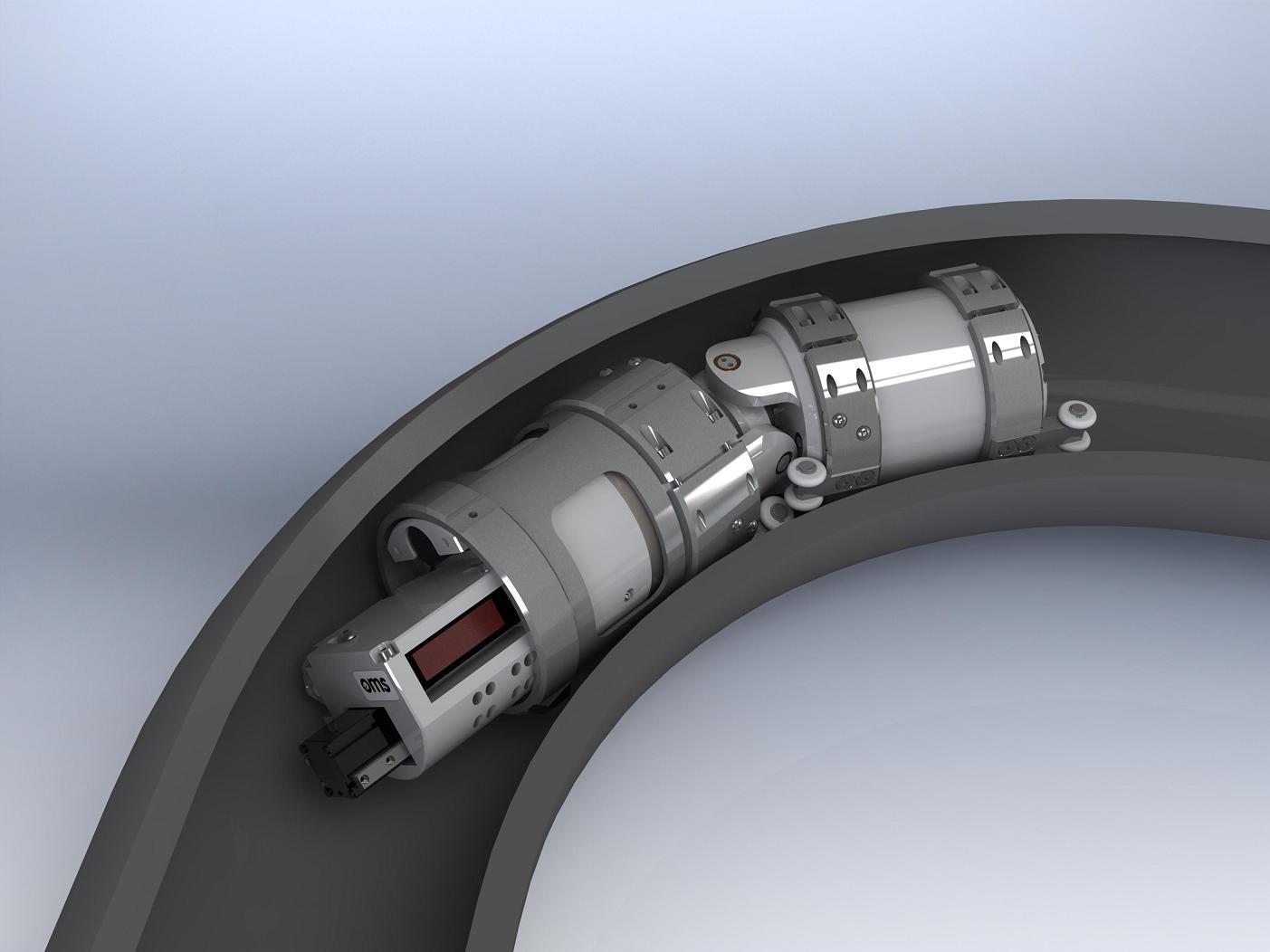Accuracy Issues: Relied On Pipeline Welding Inspection Providers for Essential Tasks
Accuracy Issues: Relied On Pipeline Welding Inspection Providers for Essential Tasks
Blog Article
Optimizing Effectiveness: Pipeline Welding Assessment Best Practices
By implementing finest techniques for pipeline welding assessment, companies can simplify processes, reduce errors, and improve job timelines. The careful interest to detail needed in welding examination holds the key to the long-term sturdiness and dependability of the pipes, making it a topic of utmost relevance in the industry.

Importance of Efficient Welding Assessments
Reliable welding inspections play an important duty in ensuring the structural integrity and security of pipelines. Appropriate assessments are important to identify any type of flaws, stoppages, or blemishes in the bonded joints that can endanger the total honesty of the pipe system. By conducting complete examinations, assessors can identify concerns beforehand, protecting against possible leakages, tears, or failings that might have serious ecological and safety and security effects.
Precise and timely welding inspections also aid in keeping conformity with market standards and regulations. Complying with these criteria is not just a legal requirement but additionally a needed procedure to guarantee the reliability and long life of the pipelines. Moreover, efficient examinations can add to cost savings by decreasing the demand for pricey repair work or replacements as a result of welding flaws that could have been protected against or remedied during the inspection procedure.
Making Use Of Innovation for Evaluations
To enhance the effectiveness and accuracy of pipeline welding examinations, the integration of innovative technologies has actually become progressively imperative in making certain accurate and complete assessments of welded joints. Utilizing technology for assessments offers various advantages, consisting of increased effectiveness, enhanced precision, and enhanced precaution. One of the crucial technical advancements in pipeline welding assessments is making use of automated ultrasonic screening (AUT) systems. These systems can scan welds rapidly and precisely, giving detailed data on potential problems or problems within the weld joint. Additionally, remote visual assessment (RVI) devices such as robot spiders outfitted with cameras allow inspectors to access and examine difficult-to-reach locations without the demand for considerable disassembly or manual treatment. Furthermore, the implementation of computerized systems for information evaluation and reporting simplifies the evaluation process, allowing real-time data interpretation and seamless documentation. By accepting these technical services, pipeline welding inspections can be performed extra successfully, causing higher quality welds, boosted general security, and lowered task timelines.
Establishing Clear Examination Protocols
Developing clear examination protocols is necessary for ensuring uniformity and reliability in the pipe welding assessment procedure. These protocols act as a collection of guidelines that outline the particular actions, standards, and methods to be complied with throughout examinations. By clearly defining the assessment methods, all inspectors associated with the procedure can recognize their duties and responsibilities, bring about a much more reliable and standard examination workflow.

Routine evaluation and updates to the examination methods are also crucial to adapt to changing sector criteria and needs. By continually refining and boosting the methods based upon responses and lessons found out, pipe welding assessments can maintain the finest quality standards and regulatory conformity.
Training and Accreditations for Examiners

Training and certifications for inspectors are vital in making sure the proficiency web link and proficiency of people tasked with overseeing pipe welding processes - Pipeline Welding Inspection. Properly educated examiners have the needed knowledge and abilities to efficiently examine weld high quality, adherence to welding treatments, and compliance with sector requirements and regulations
Qualifications, such as those provided by the American Welding Culture (AWS) or the American Petroleum Institute (API), verify an inspector's know-how and ability to perform inspections to the highest standards. These qualifications commonly call for strenuous training, examinations, and continuous expert growth to ensure that inspectors remain current with the current developments in welding modern technology and evaluation methods.
In enhancement to formal accreditations, continual training programs play an important role in boosting inspectors' abilities. These programs cover a vast array of subjects, including welding processes, defect detection, security protocols, and appropriate codes and requirements (Pipeline Welding Inspection). By investing read here in thorough training and accreditations for inspectors, business can maintain the honesty of their pipe welding jobs and minimize the risks connected with substandard welds
Continual Renovation in Evaluation Procedures
Building upon the foundation of licensed and skilled inspectors, continual improvement in inspection processes is important for guaranteeing the continuous high quality and compliance of pipeline welding operations. By carrying out a system of continual improvement, pipe welding inspection procedures can advance to meet the changing demands of the market, technological developments, and regulatory requirements. This entails regularly reviewing and assessing evaluation techniques, tools, and procedures to recognize areas for improvement.
One trick element of continuous enhancement in evaluation processes is responses. Gathering input from assessors, welders, engineers, and various other stakeholders enables an extensive assessment of present techniques and the recognition of prospective areas for enhancement. Additionally, leveraging analytics and data can look at this site give important understandings right into the effectiveness of evaluation procedures, making it possible for notified decision-making for optimization.
Furthermore, buying training and development programs for examiners can ensure that they are furnished with the most recent knowledge and skills to execute their responsibilities successfully. Continuous enhancement is a vibrant process that needs dedication and dedication from all stakeholders to drive quality in pipeline welding assessment techniques.
Conclusion
Finally, making the most of efficiency in pipe welding examinations is essential for making sure the high quality and safety of framework jobs. By utilizing modern technology, establishing clear protocols, supplying proper training and qualifications for examiners, and continuously enhancing evaluation procedures, organizations can simplify their operations and decrease dangers. It is critical for markets to prioritize effective welding inspections to preserve high standards and satisfy regulatory demands.
Reliable evaluations can add to cost financial savings by reducing the demand for costly repair services or replacements due to welding problems that can have been avoided or remedied during the evaluation procedure.
Establishing clear assessment methods is important for guaranteeing uniformity and integrity in the pipeline welding assessment procedure. By plainly defining the assessment methods, all inspectors involved in the process can comprehend their duties and responsibilities, leading to an extra standard and reliable assessment operations.
Clear examination protocols help in decreasing the probability of mistakes or oversights throughout the examination process.Building upon the foundation of qualified and experienced assessors, continuous improvement in inspection processes is important for guaranteeing the continuous high quality and conformity of pipeline welding operations.
Report this page